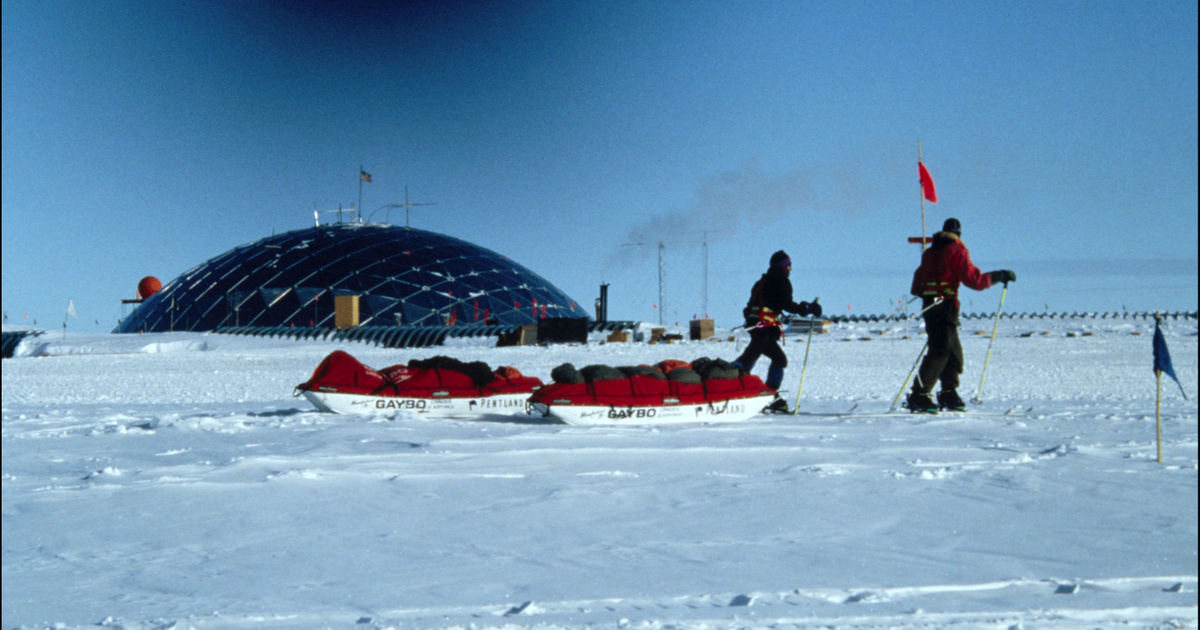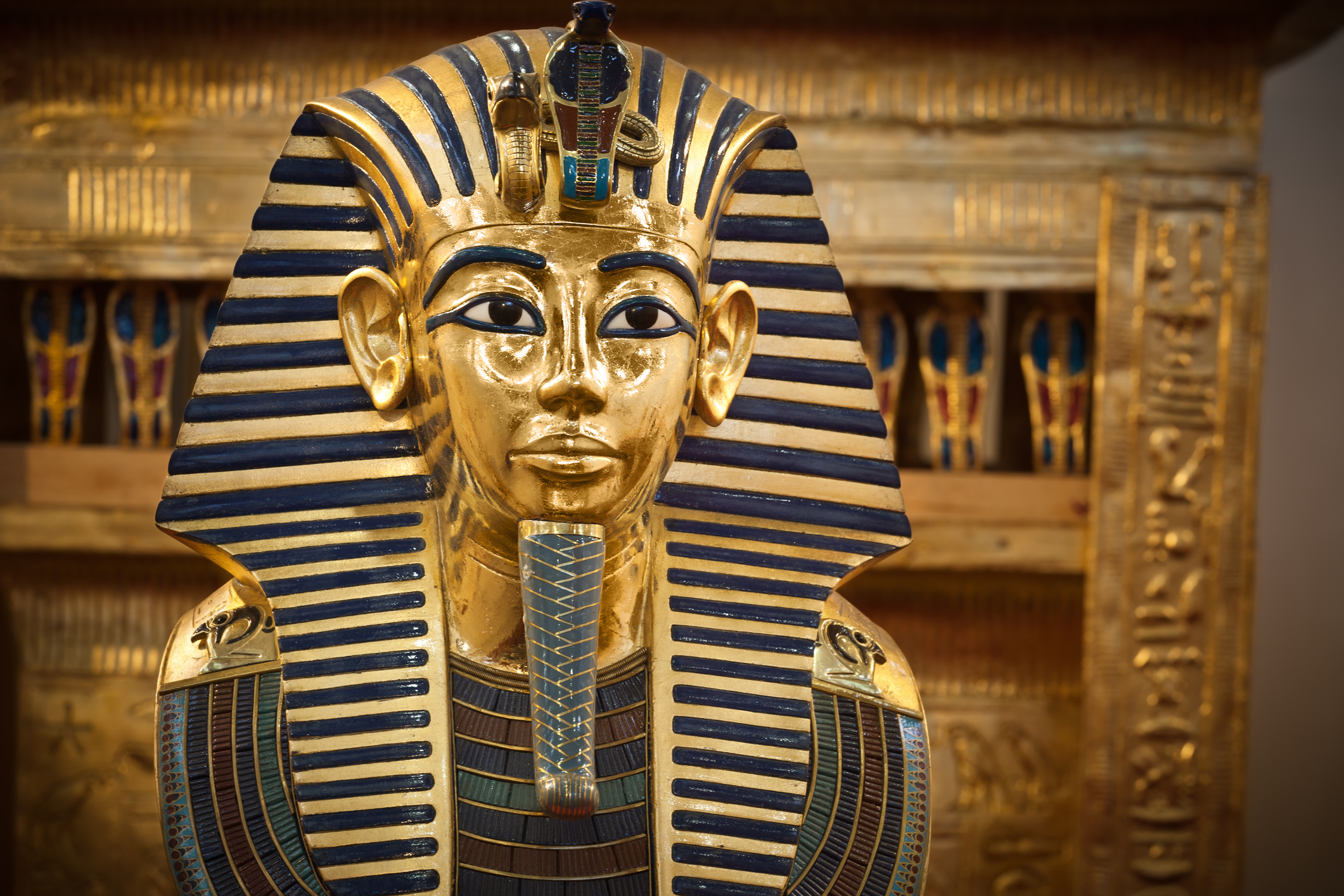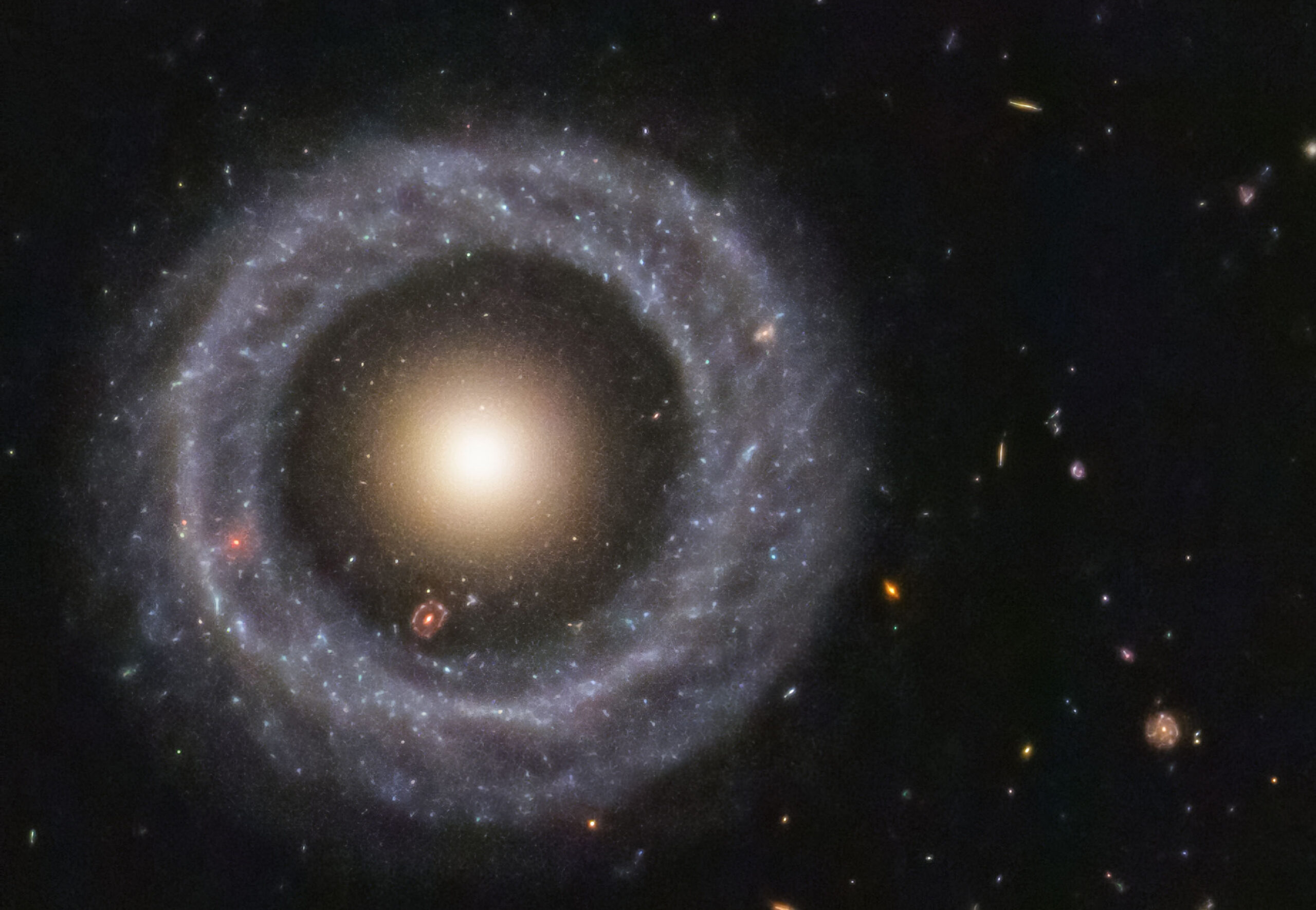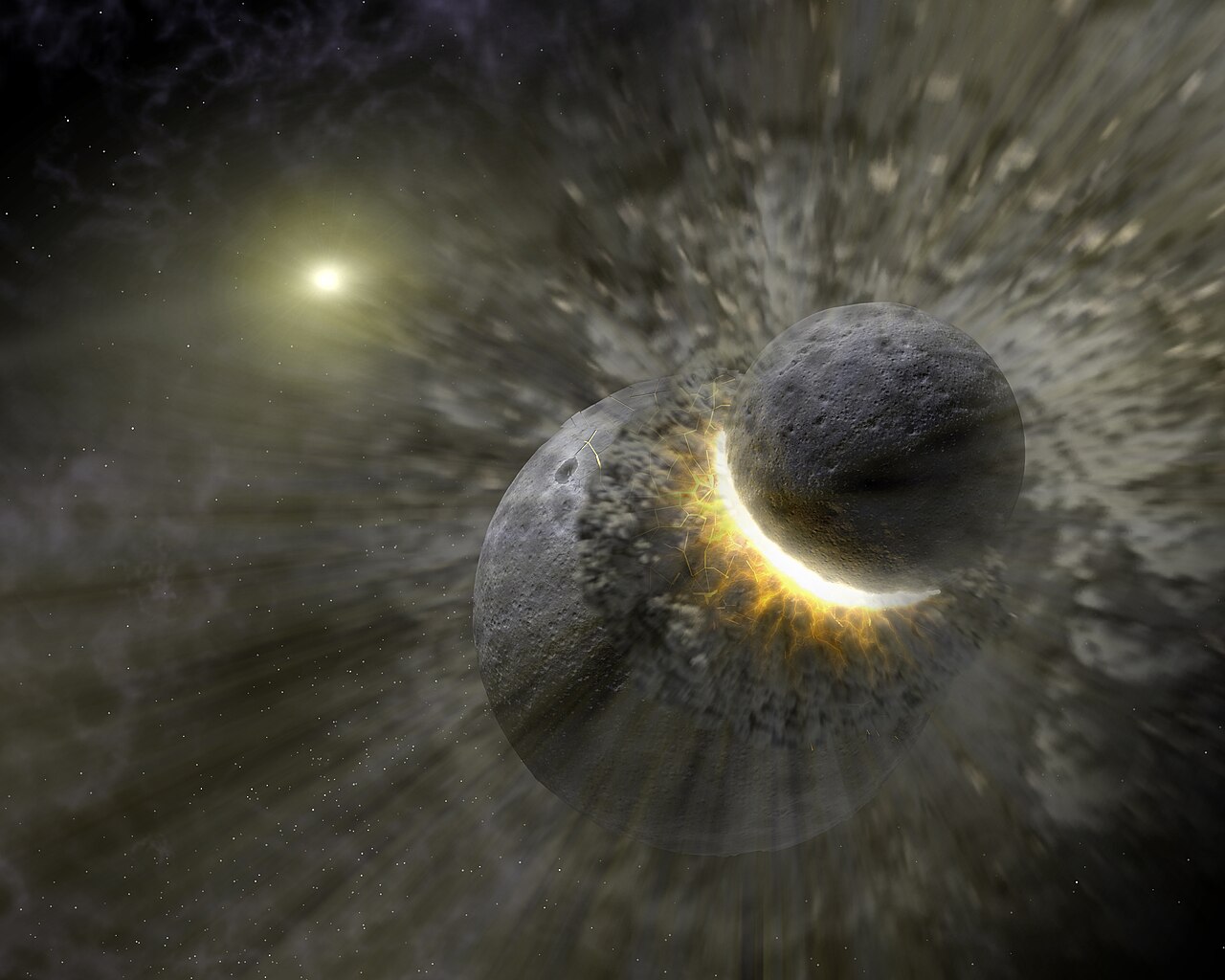Astronomers have tracked the sudden brightening of a star in infrared light, followed by its dimming, as a result of a powerful collision between two massive planets. They also detected light believed to be from a planet created during the collision.
In December 2021, the previously blurry star 2MASS J08152329-3859234 became noticeably fainter for visible-light telescopes. Such events have been seen before, but are still rare enough to attract the attention of astronomers. The star has been renamed ASASSN-21qj and has been regularly observed by additional telescopes around the world, according to reports. IFLScience.
But there was commentary on social media that turned the unusual, but not extraordinary, event into something unprecedented. They noted that before 900 days, ASASSN-21qj became significantly brighter in the infrared, and remained that way until the onset of optical dimming.
This event was observed due to a comment
“To be honest, I was completely surprised by this observation,” explained Dr. Matthew Kenworthy, from Leiden University, and co-author of the study.
The combination of additional infrared radiation and reduced optical light is what we would expect if something created a huge dust cloud. The dust cloud was not in the star’s line of sight at first, but its radiation heated it to a temperature of about 720 degrees Celsius, making it visible in the infrared range.
Eventually, the cloud came between Earth and the star, blocking enough of its light to cause visible wavelengths to fade. About 100 days after the dimming began, infrared radiation also began to diminish, but the timing is thought to be a coincidence.
Kenworthy and his colleagues conducted a detailed analysis to calculate the amount of dust and its likely orbit, determine the size of the planets involved, and their position relative to ASASSN-21qj.
They concluded that two planets larger than Earth, perhaps ice giants similar to Neptune and Uranus, participated in the collision. The objects encountered each other at a distance of between 2 and 16 AU from ASASSN-21qj, which extends into our solar system from just beyond the orbit of Mars to nearly Uranus. 1 astronomical unit is the average distance between the Earth and the Sun, about 150 million kilometers.
Over time, the dust is expected to spread out, similar to the paths of comets that cause meteor showers. Additional observations of the process will help improve estimates of the composition and orbits of the planets involved.
Despite the huge amount of dust produced, about 99% of the mass of the two planets merged into a new planet, and the team detected light that they believe was coming from this new world. Due to evaporation from the heat released during the collision, the planet initially grew to several times its size, and then will gradually become denser, but even then it reflects enough light for us to be able to see it.
“Eventually, the mass of material surrounding the remnants may condense and form companion planets orbiting the new planet,” said Dr Zoe Linhardt from the University of Bristol.
ASASSN-21qj is a young star that the research team says may be 300 million years old. If so, it is outside the early planet formation period, but may be experiencing something like a late carpet bombing of the solar system. However, encounters of this magnitude are exceptional. The dust clouds seen previously may also have come from impacts, but they were probably much smaller and did not create the planets we see.
Study A nature It was published in the magazine
Worth reading:








































